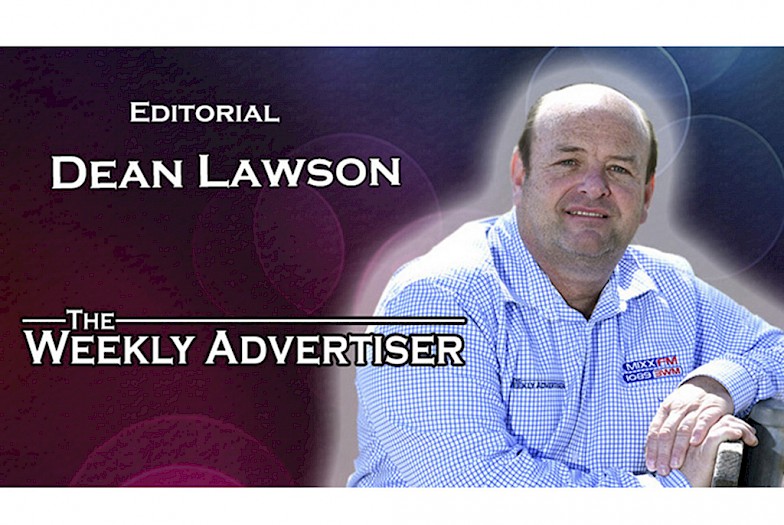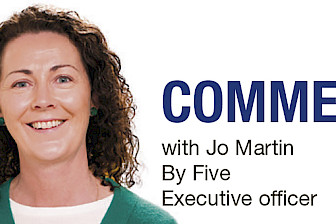Step one. If there is one major source of frustration in parts of the Wimmera, especially in Horsham, it must be the extent of ground movement.
Research suggests we have some of the most reactive soils in Australia, soils that dramatically expand and contract in response to a raft of environmental conditions.
Many of us don’t need reminding. We are familiar with those mini-fault lines that snake across sun-baked paddocks, annoying cracks that suddenly appear in freshly applied household plaster and the rise and fall of concrete slabs and paths.
This earthly movement is a major historical consideration for any structural development or management plans in particular areas.
Step two. Where to now in this think-tank assignment in finding a positive to this negative and how the Wimmera might benefit? Let’s start by considering one of the most consistently expensive structures affected by troublesome ground and environmental conditions – roads.
Creating enduring transport surfaces across vast stretches of country is an age-old challenge.
Hmm! Suddenly a thought is emerging about where an opportunity-from-a-problem scenario in the Wimmera might be waiting to happen.
Road construction and maintenance, based on engineering technology of which we have long relied, continues to be a costly sponge.
As well as the natural erosive elements of ground movement and heat, cold and wind, processions of heavy vehicles also quickly make short work of surfaces.
How much roads cost to make and continue to repair is staggering.
The cost of maintaining roads to acceptable standards across Victoria, let alone Australia, is so high it tends to dominate a high percentage of government budgeting plans.
There is obviously a need to develop ways for roads to better retain their integrity in a broad range of conditions.
Step 3. So let’s for a moment allow ourselves to think big, to look beyond the norm, to dream about how we in the Wimmera might – and why not? – lead the way.
Let’s put two and two together.
What better place to explore road technology than in a region with some of the most reactive soil conditions in Australia?
It suddenly seems obvious that a place where our frustrating reactive soils are at their worst would provide the perfect development and testing environment for a road, pavement and hard-stand technology project centre.
If a road or other road product or road-building technique passed a resilience and longevity test here, it is likely to pass it anywhere.
We’ve seen pavement technology use recycled resources such as soft plastic as a pour ingredient. This has happened in Horsham’s revamped Coles car park.
So, in continuing to probe the edges of a ‘pie in the sky’, imagine a regional value-adding waste-management aspect to a pavement-technology centre and resulting burgeoning industrial activity. The idea seems to grow on its own.
Okay, okay! Are we getting a bit unrealistic? Maybe, but maybe not.
If one person can think up an idea by using a simple explore-the-negative-for-a-positive formula, there must be plenty of others out there.
While obviously needing to dwell in the realms of day-to-day reality, we must allow ourselves to be imaginative and willing to explore. Let’s challenge ourselves.
The entire February 10, 2021 edition of The Weekly Advertiser is available online. READ IT HERE!






